Series Engaging Students with "Productive Struggle": Collaborative Work with Proportional Relationships
Math.Practice.MP1
| Common core State Standards
- Math: Math
- Practice: Mathematical Practice Standards
-
MP1: Make sense of problems and persevere in solving them.
Mathematically proficient students start by explaining to themselves the meaning of a problem and looking for entry points to its solution. They analyze givens, constraints, relationships, and goals. They make conjectures about the form and meaning of the solution and plan a solution pathway rather than simply jumping into a solution attempt. They consider analogous problems, and try special cases and simpler forms of the original problem in order to gain insight into its solution. They monitor and evaluate their progress and change course if necessary. Older students might, depending on the context of the problem, transform algebraic expressions or change the viewing window on their graphing calculator to get the information they need. Mathematically proficient students can explain correspondences between equations, verbal descriptions, tables, and graphs or draw diagrams of important features and relationships, graph data, and search for regularity or trends. Younger students might rely on using concrete objects or pictures to help conceptualize and solve a problem. Mathematically proficient students check their answers to problems using a different method, and they continually ask themselves, \"Does this make sense?\" They can understand the approaches of others to solving complex problems and identify correspondences between different approaches.
Math.7.RP.A.2
Common core State Standards
- Math: Math
- 7: Grade 7
- RP: Ratios & Proportional Relationships
- A: Analyze proportional relationships and use them to solve real-world and mathematical problems
-
2:
Recognize and represent proportional relationships between quantities.
<br />
a. Decide whether two quantities are in a proportional relationship, e.g., by testing for equivalent ratios in a table or graphing on a coordinate plane and observing whether the graph is a straight line through the origin.
b. Identify the constant of proportionality (unit rate) in tables, graphs, equations, diagrams, and verbal descriptions of proportional relationships.
c. Represent proportional relationships by equations. For example, if total cost t is proportional to the number n of items purchased at a constant price p, the relationship between the total cost and the number of items can be expressed as t = pn.
<br />
d. Explain what a point (x, y) on the graph of a proportional relationship means in terms of the situation, with special attention to the points (0, 0) and (1, r) where r is the unit rate.
Save to My Resources
PLEASE CREATE A NEW ACCOUNT OR LOG IN TO ACCESS THIS CONTENT
Enjoy your first video for free. Subscribe for unlimited access.
Have questions about subscribing?
Click Here to learn more about individual subscriptions.
Click Here to learn more about School and Institution access.
Discussion and Supporting Materials
Thought starters
- How would you decide which students to pair for this activity?
- Why is it important to give the students real-world problems?
- How does each student in the pair contribute to solving the problem?
School Details
Twenhofel Middle School11846 Taylor Mill Road
Independence KY 41051
Population: 841
Data Provided By:

Teachers
Teri Walker
Newest
|
4 MIN
|
5 MIN
|
5 MIN
UNCUT CLASSROOMS
| TCHERS' VOICE
English Language Arts


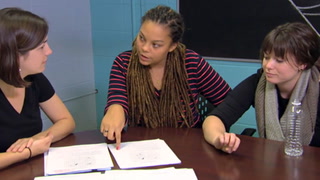

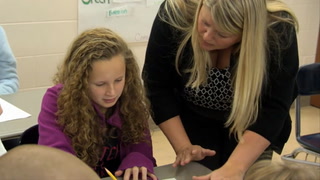

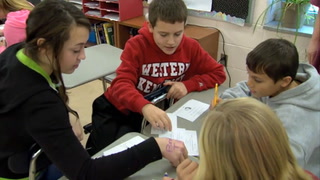
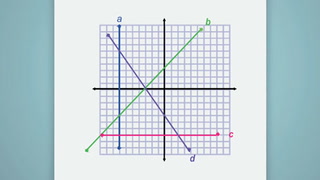
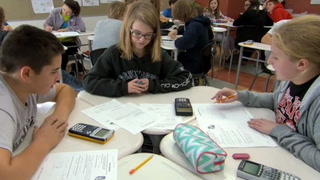
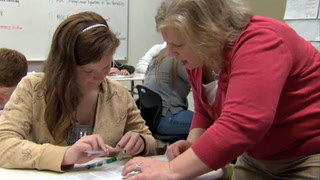










3 Comments
Bootsie Battle-Holt Sep 26, 2015 9:44pm
Timothy Jacob May 22, 2015 10:16am
Anastasia St. Peter Mar 7, 2015 4:55pm